
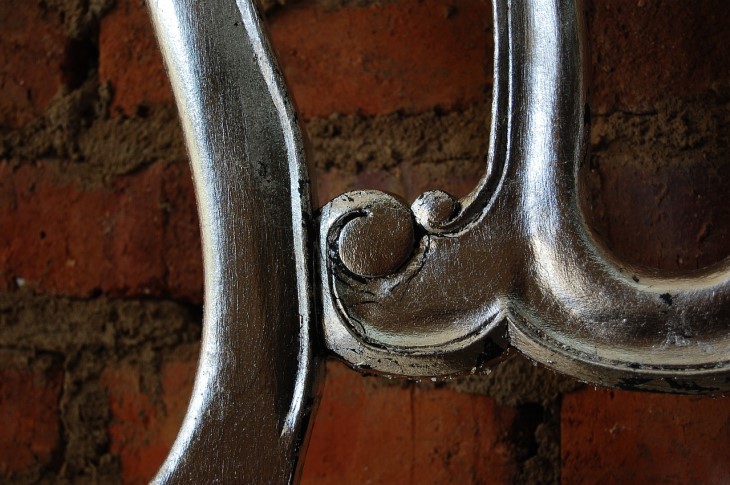
Upcycling is the process of turning discarded or unused items into more functional and/or stylish ones. Not only is it environmentally friendly, reducing waste and reusing existing materials, but it can save you money and be a fun hobby.
Metal’s durability and versatility make it an ideal material for upcycling. The benefits of upcycling metal are significant. Many everyday metal objects can be transformed into new, useful items with a little creativity. Here are a few ideas on how you can upcycle metal.
The first step of upcycling metal is to make sure it’s suitably prepared; make sure it's clean and free of any dirt, grit, or damage that may interfere with its intended function.
Some metal items may only have minor issues like residue from glue or stickers. You can remove sticker or glue residue from metal with household items like old credit cards or razor blades. If residue persists, warming the surface with a hairdryer and applying spray lubricant can loosen it. For more stubborn glues, you can use acetone-based nail polish remover or methylated spirit. Try a few solutions (and a touch of elbow grease) to find out what works.
For more serious dirt, use a mixture of warm water and dish soap, as if you were cleaning a car. If there are tougher stains, or there's rust, try a commercial metal cleaner or a paste made of baking soda and water, scrubbing gently with a non-abrasive pad.
Some metal items may be damaged, which can lead to dangerously sharp edges and points. To file down sharp or jagged edges, use a metal file or sandpaper while wearing protective gloves and goggles.
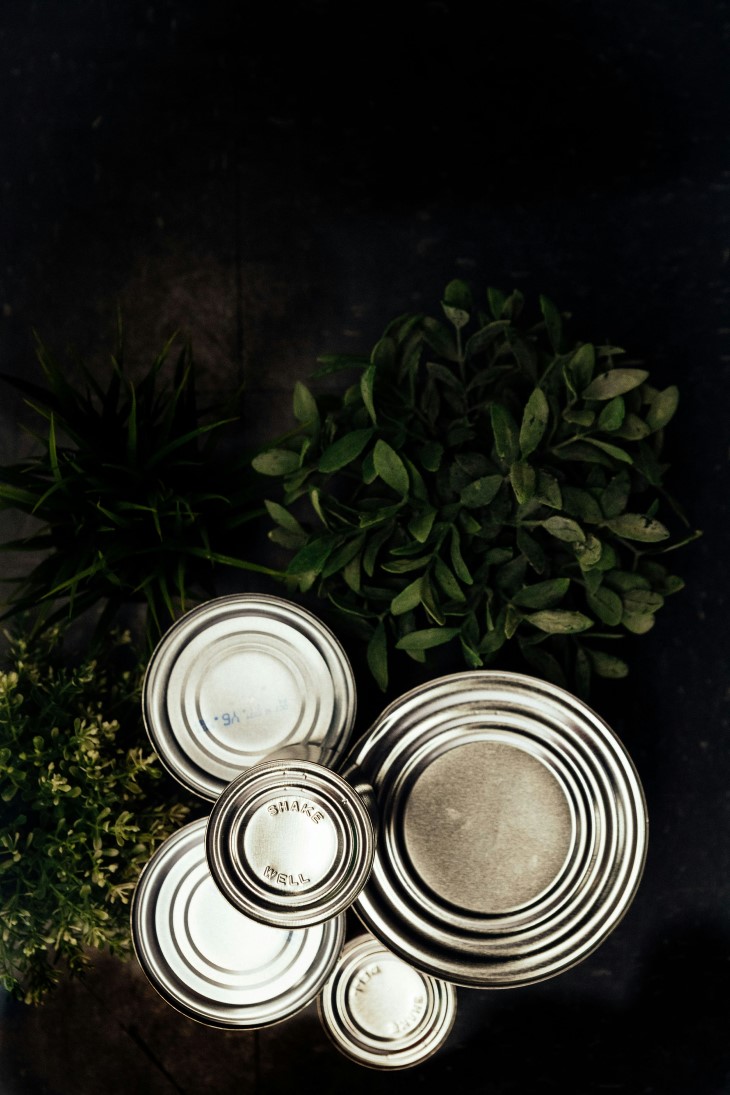
Source: Unsplash
Small metal containers like tin cans and coffee cans are extremely common, and you probably discard them regularly. Metal containers can have many applications after they’ve been used.
For example, tin cans can be used to create herb garden planters — just cut out the bottom of each can and then paint the cans with weather-resistant paint. You could even turn them into bird feeders by cutting openings in the sides and attaching “perches” made of twigs or dowelling.
To turn tin cans into useful kitchenware, remove their labels and clean them, then place them into larger containers to create utensil holders for countertops. Alternatively, attach magnets to the back of cans and attach them to your refrigerator.
Coffee cans can become candle holders with a few decorative holes created with a hammer and nail. They could also be turned into outdoor lanterns with heat-resistant paint and strategically placed LED candles or string lights.
Apply just a little DIY knowledge and you can make old metal furniture pieces like chairs, tables, or filing cabinets as good as new. If you’re a creative person, you can even transform old metal furniture into something entirely new and personalized.
Sanding is vital to create a smooth base for painting or refinishing — you’ll need sandpaper with a coarser grit to remove rough imperfections like rust or paint, and a finer grit to smooth the surface more.
If you're using paint, choose high-quality metal paint or spray paint designed for outdoor use. Experiment with colors and finishes (e.g., matte and metallic) to add personality to your furniture. For extra comfort and style, consider reupholstering seats or cushions.
When upcycling outdoor metal items, the most important things to consider are weatherproofing and maintenance. Weather-resistant paint can prevent rust and extend the lifespan of items. If you would rather protect items without painting them, apply a clear protective sealant or rust-resistant coating.
There are many items you can repurpose. Old buckets or barrels can be transformed into planters for flowers or herbs, and metal containers into bird baths or feeders. You can even repurpose old tools like rakes, wrenches, and shovels into garden ornaments or wall art with creative arrangements and secure welding and/or screwing.
Scrap metal doesn’t just have to be upcycled into practical furniture or tools — it can be used for aesthetics and decoration, too! There are plenty of DIY scrap metal art projects online that you can check out and use for inspiration, but the possibilities are endless. You could make sculptures, wall hangings, mobiles, wall art, garden ornaments, and more. When using metal for art, proper cleaning and preparation is especially vital (unless you want dirt or damage as part of the effect).
Repurposing metal is a great way to unleash your creativity while reducing waste. Whether you’re aiming for function, aesthetics, or both, it’s a great opportunity to personalize an item to your tastes.
Whatever your project, remember to make sure all metal is properly cleaned and prepared first. If you need to file, sand, weld, or cut metal, make sure to wear protective gloves and eyewear.
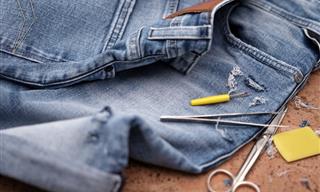
12 Easy Projects to Repurpose Old Clothes
From trash to treasure - repurposing old clothes is easier than you think.
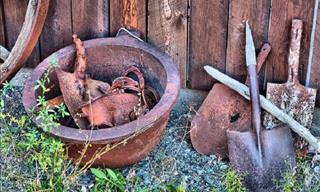
Some Great and Cheap Ways You Can Remove Rust from Metal
Where's there's metal, there's rust - it's an ever annoying problem. These remedies allow you to restore rusty items without using harmful chemicals!
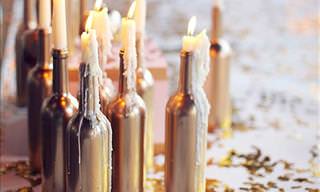
Check Out These 8 Awesome Ways to Reuse Glass Bottles
Check out these 8 brilliant ways to upcycle your old glass bottles!
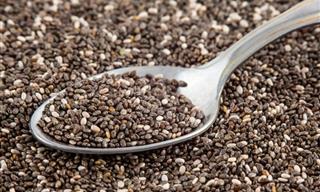
16 Magnesium-Rich Snacks to Eat on the Go
Magnesium deficiency can lead to sore muscles, body tightness and constipation. These are foods rich in magnesium you can consume.

Recycle All You Can, Not With One Guide But With 10!
10 terrific guides for creative recycling that will make you actually enjoy recycling. So if you want to learn how to reuse more of your items, you've come to the right place.

18 Innovative DIY Examples of Sustainable Upcycling
Here is a look at some innovative examples of people using eco-friendly ways to recycle and upcycle old things.
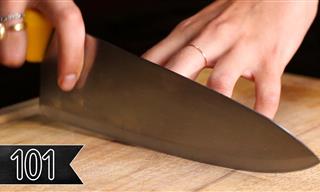 6:34
6:34
Learn to Chop Like a Chef - Useful Tips!
Learn to cut, chop, slice, and dice like a chef!

Can't Fall Back Asleep? Try These 8 Genius Tricks
Do you wake up in the middle of the night? Thankfully, there are some natural remedies you can try, that will get you back to falling asleep quickly, making any unwelcome moments of wakefulness seem like nothing more than a fleeting dream.

The Art of Persuasion: How to Get Others to Agree With You
Many discussions become unnecessarily heated, just because we don't know how to explain our position correctly. Learn how to make others think like you.

Not Sure What to Do This Valentine's? Try These 9 Ideas
Not sure what to do this Valentine's? Here are 9 ideas you could try:
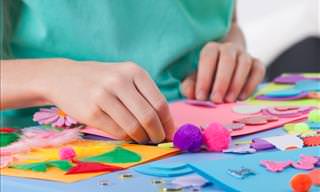 25:49
25:49
Put Your DIY to Good Use and Try These Crafting Hacks
Love to DIY? Put your skills to good use and try these crafting hacks.

Surprising Papers You Must Shred to Prevent Identity Theft
If you don't shred these seemingly harmless documents and throw them directly into the trash, you may be subject to identity theft...
 4:11
4:11
Say Goodbye to Marble Stains - Cleaning Hacks That Work!
Say goodbye to those stubborn marble stains with these useful cleaning hacks.

How You Too Can Dye Your Own Hair Like a Pro!
Want to revamp your hair color in the comfort of your own home? Well, here's how you can do it!

9 Body Language Mistakes You Don’t Even Know You’re Making
most communication between people is through body language, make sure you're not conveying the wrong messages by avoiding the 9 mistakes.
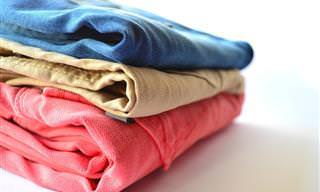
Make 5 Fabric Softeners with Ingredients You Have at Home!
This guide will help you make your own money-saving fabric softener that smells just the way you want it to!

9 Skincare Treatments My Granny Taught Me
it's time to discover what these 9 special beauty products contain.

Wearing a Face Mask Irritates Your Skin? 10 Essential Tips
In this article, we’ve collected 10 essential tips that will soothe and protect your skin from mask-related irritation and breakouts...

Should You Change Shampoos For Silvering Hair?
Are you making the transition to silver, shiny locks? Learn how to keep your silvering hair as beautiful as ever with these tips!

Guide: How to Win Every Argument
An extensive guide on navigating any group conversation gracefully.

11 CLEVER Ways to Repurpose Your Old Toothbrush
Have an old toothbrush lying around the house? Don’t toss it away yet!

How to Safeguard Your Legacy Against Will Tampering
Understanding how will tampering happens, why it occurs, and what steps you can take to prevent it is essential for ensuring your legacy remains intact.
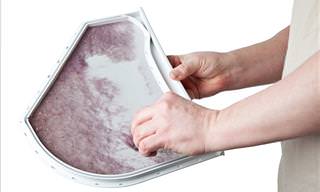
Warning: Are You Overlooking These 10 Home Risks?
Home is where the heart is, but it’s also where a load of potential dangers lurk as well. Here are ten of them!

Lose Weight with These Healthy Food Alternatives
Need to lose some weight? These food alternatives will help you do just that.

11 Gardening Myths That MUST Be Debunked
Some erroneous gardening myths managed to spread far and wide, despite being ineffective and even harmful. Here are 11 of such common gardening myths.
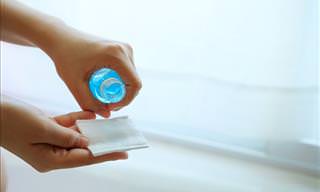
8 Terrific Additional Uses For Rubbing Alcohol!
Unsure about what you're meant to use rubbing alcohol for? Wonder no longer, as we've listed 8 brilliant uses of rubbing alcohol in this article.

Retirement Planning: The 7 Biggest Mistakes People Make
Are you guilty of making these 7 deadly mistakes in your retirement financial plan? Here are seven offenses on how to get back on track.

8 Signs of Fake Love in a Romantic Relationship
8 signs someone is faking their love in a relationship.
 8:13
8:13
5 Best Salts to Cook With... and One to Avoid
Here's a guide to help understand which salts to buy, how to use them, and which ones to avoid.

The Best Plant Milks For Every Task
Different plant milks work best for various tasks, which can be tricky. This culinary guide will help you choose the best ones for you
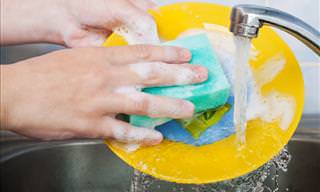 8:53
8:53
Wow! Who Knew Kitchen Sponges Are So Versatile?
If you think that kitchen sponges can only be used for washing dishes, then, we’re sorry to say, you’re completely wrong. They're very versatile. Take a look!

These 8 Pressure Points Are Ideal For Self Defense
This list of pressure points can be used to help you escape from any potential aggressors.
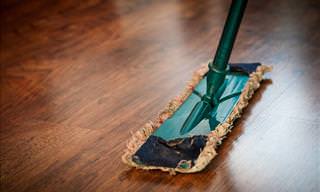
These Tricks Will Make Dust a Thing of the Past!
Dust can gather before you can even notice it. It can cause allergic reactions and even lower the strength of your immune system. So make sure to give these tricks a try to keep your house dust-free

Senior Travel Made Simple: 10 Tips for a Better Trip
What can make travel a bit easier for seniors? Read on to find out…

Green Noise: A New Sound for a Better Night’s Sleep
You’ve likely heard of white noise, but have you tried green noise?

10 Heartwarming Ways Your Dog Show He Loves You
discover the 10 unique, and sometimes odd, ways they express their affection toward you, essentially saying without words, "I love you."

Natural Leaf Miner Pesticide that Won’t Kill Your Plants
Leaf miners are several species of insects that feed inside leaves in their larval stage and can be hard to get rid of...

25 of the World's Best Beauty Remedies You've Been Seeking
Add these beauty remedies from around the world to your daily regimen.

I Bet You Had No Idea That You Could Freeze These 19 Foods
Forget about throwing away excess food and wasting money as a result - refer to this list of 19 foods that you had no idea you could freeze.

50 Great Kitchen Hack That Everyone Should Know About
Spending time in the kitchen makes you realize that you can do things a lot quicker than you thought possible. Let me share my tips with you.

Baking Is Tricky. But With Tips Like These, It’s a Breeze
These 11 essential tips will ensure your hard work in the kitchen baking pays off without fail.

6 Homemade Shampoos For Various Hair Types and Conditions
Anyone who isn’t happy with their current shampoo can try making homemade shampoo. This article offers 6 recipes and tips for making DIY shampoo.
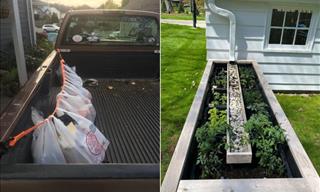
14 Easy Solutions to Everyday Problems You’ll Want to Know
Here we have compiled 14 ingenious solutions to annoying little everyday problems we could all do without!
 3:50
3:50
A Chef’s Secret to Cooking Potatoes In Half the Time
Potatoes are the ultimate side dish, but they can take quite a long time to cook. This trick will cut the cooking time by half.
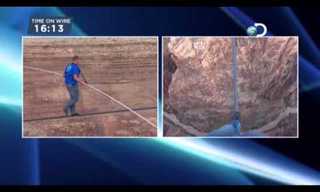 2:07
2:07
The Man Who Tight-Roped Across the Grand Canyon!
Tight Roping Over the Grand Canyon!
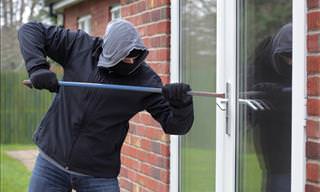
Watch Out! Is Your House Being Watched by Robbers?
Is your house being watched by robbers? Watch out for these 10 crucial signs.
To enable your Ad-Free Subscription, please fill the fields below
Your subscription was successful, now you can enjoy an ad-free experience!! Note: To make sure you get no ads, please make sure to log in to your account. If you are logged in already, then refresh the page. The subscription can be cancelled at any time.


